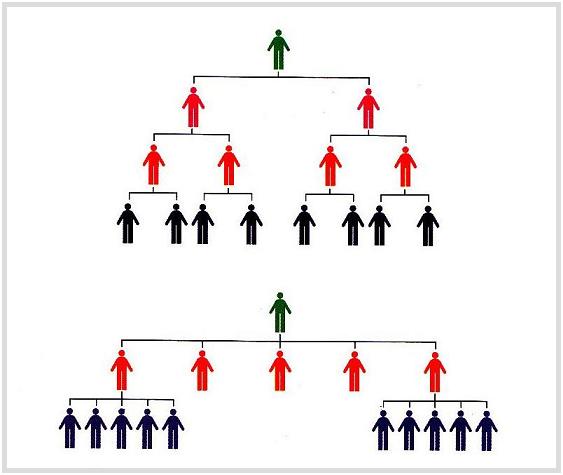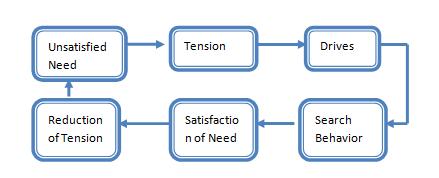An organisation structure is a set of planned relationships between groups of related functions and between physical factors and personnel required for the performance of the functions. The organisation structure is generally shown on the organisation chart. It shows authority and responsibility between various positions in the enterprises by showing who reports to whom. Organisation structure lays down the pattern of communication and coordination in the enterprises.
Though organisation structure is very important, it is not an end in itself. According to Peter F. Drucker, “Organisation is not an end itself, but a means to end of business performances and business results.



